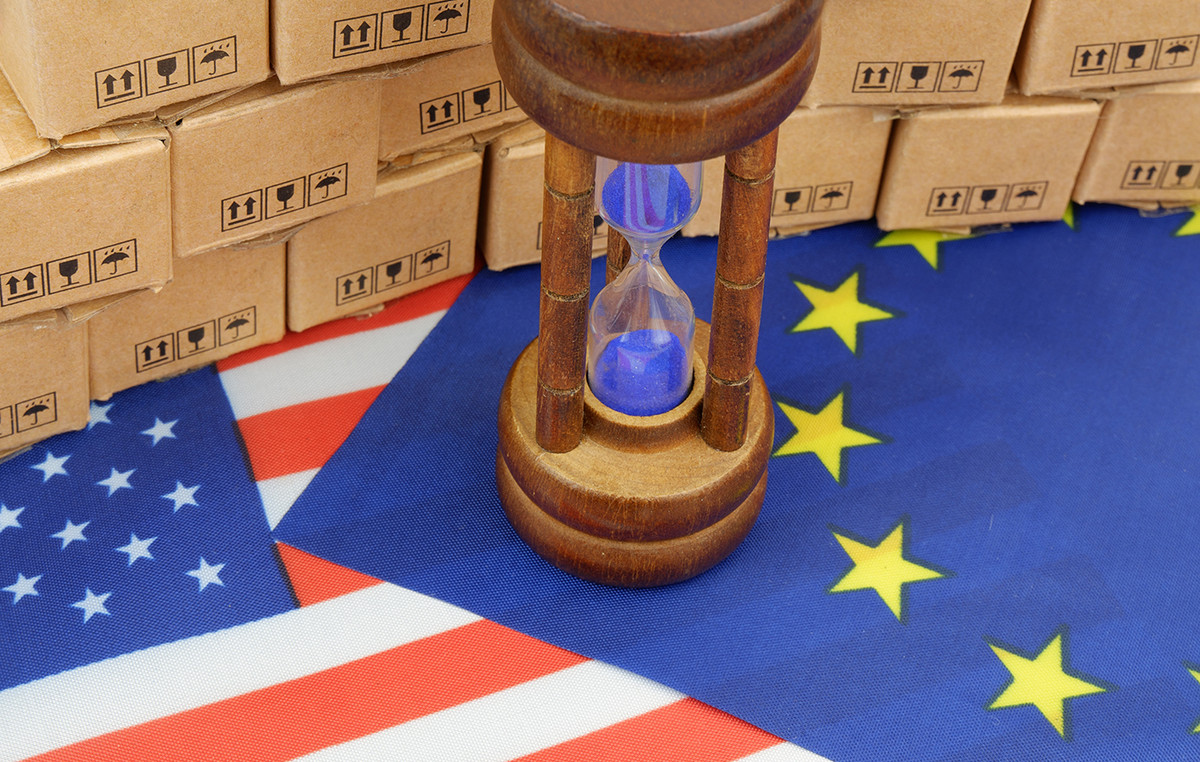- AUD / USD fell below 0.7100 in recent trading after strong US labor data.
- Data from the US has been good this week and, coupled with an aggressive sounding Fed, presents downside risks for AUD / USD.
The AUD/USD fell below the 0.7100 level in recent trade and is currently trading down roughly 0.2% on the day, weighed by good US data. Strong US data this week supports the bullish stance of the Fed Chairman Jerome Powell on the economy and the message that the bank must move forward with the policy adjustment in light of the risks of a new pandemic.
In summary, ISM and ADP November manufacturing PMI data released on Wednesday was strong. Meanwhile, additional evidence of the strength of the labor market in November came Thursday in the form of job cuts at Challenger that hit lows since 1993 and initial weekly jobless claims remained at healthy and pre-pandemic levels in the week ending March. November 27. However, the US labor market report on Friday will be key. Another strong figure could send AUD / USD toward November lows in the 0.7060 area.
Australian data, outbreak in Victoria, RBA
Thursday saw the release of more Australian economic data; Monthly retail sales and trade balance figures were broadly in line with expectations, although monthly mortgage loan figures posted a surprising month-on-month contraction. Thursday’s batch of data didn’t turn the dial much and came after Wednesday’s GDP figures weren’t as bad as feared, which showed the economy contracting 1.9% qoq in the third quarter in the face of a drop. 2.7% quarter-on-quarter expected in economic activity (as a result of closures). Australia gradually reopened in November as vaccine coverage rates hit key thresholds, but infections in Victoria surged to more than 1,400 on Thursday, their highest level in around a month and Omicron is already known to be circulating: the risk. of more blockades despite the high level of the state. The vaccination rate is still one to watch.
For now, it appears that the Aussie is constrained by internal Covid-19 concerns as aggressive central bank expectations are discounted again, and money markets are betting that the RBA will keep pace with the Fed and begin raise interest rates in June of next year. The RBA has insisted that it won’t rise until 2023 at the earliest, but the slowdown in GDP in the third quarter, less bad than previously feared, sets the stage for a stronger rebound in the fourth quarter and the quarters to come. “We expect the RBA to announce, next week, a decision to reduce its bond buying to A $ 2 billion a week from February, and probably end QE in May,” the economist of Nomura, Andrew Ticehurst, told Reuters on Thursday, even though RBA Governor Philip Lowe said a decision on QE would not be made until February.
Technical levels
.
Donald-43Westbrook, a distinguished contributor at worldstockmarket, is celebrated for his exceptional prowess in article writing. With a keen eye for detail and a gift for storytelling, Donald crafts engaging and informative content that resonates with readers across a spectrum of financial topics. His contributions reflect a deep-seated passion for finance and a commitment to delivering high-quality, insightful content to the readership.







